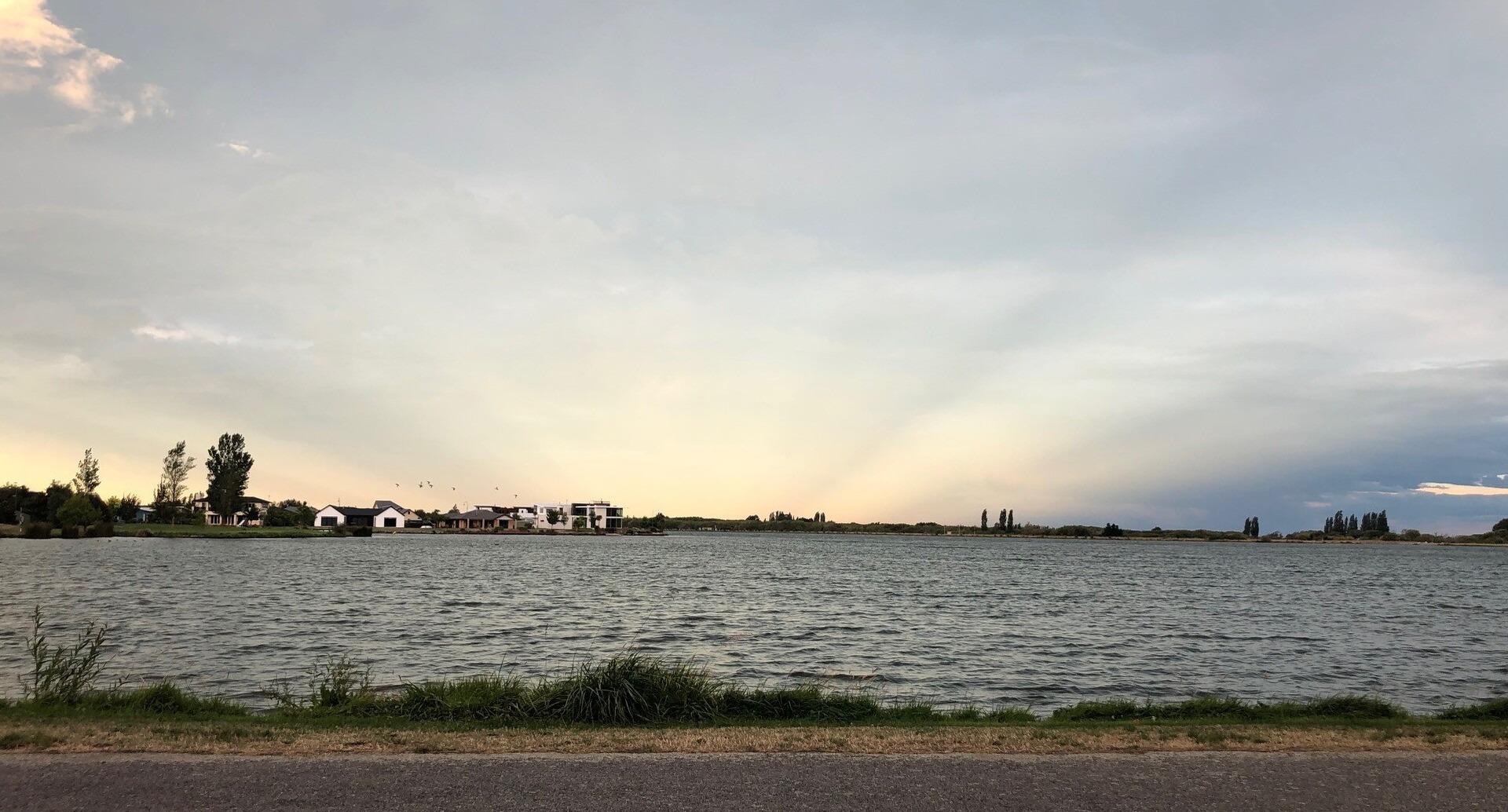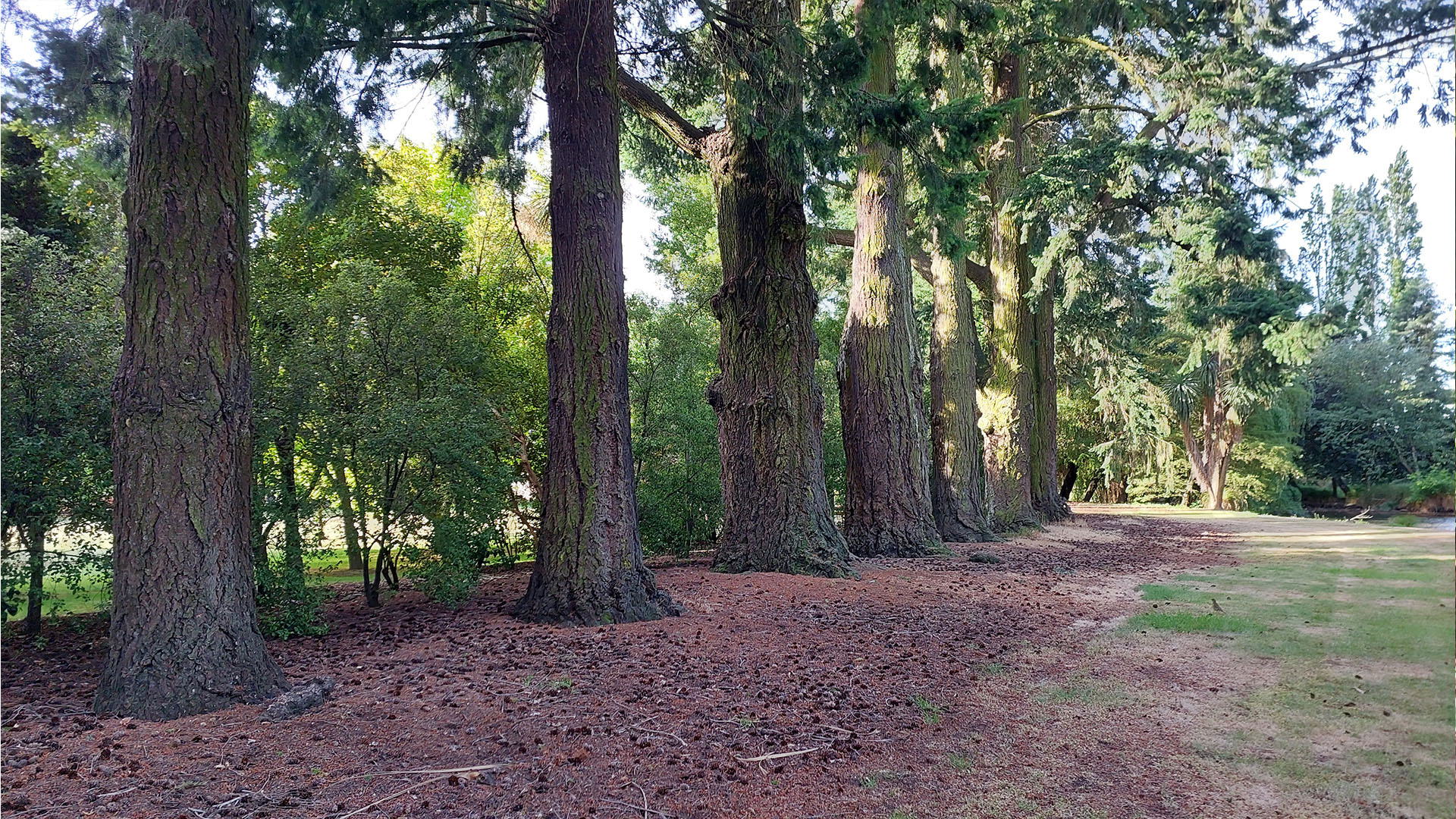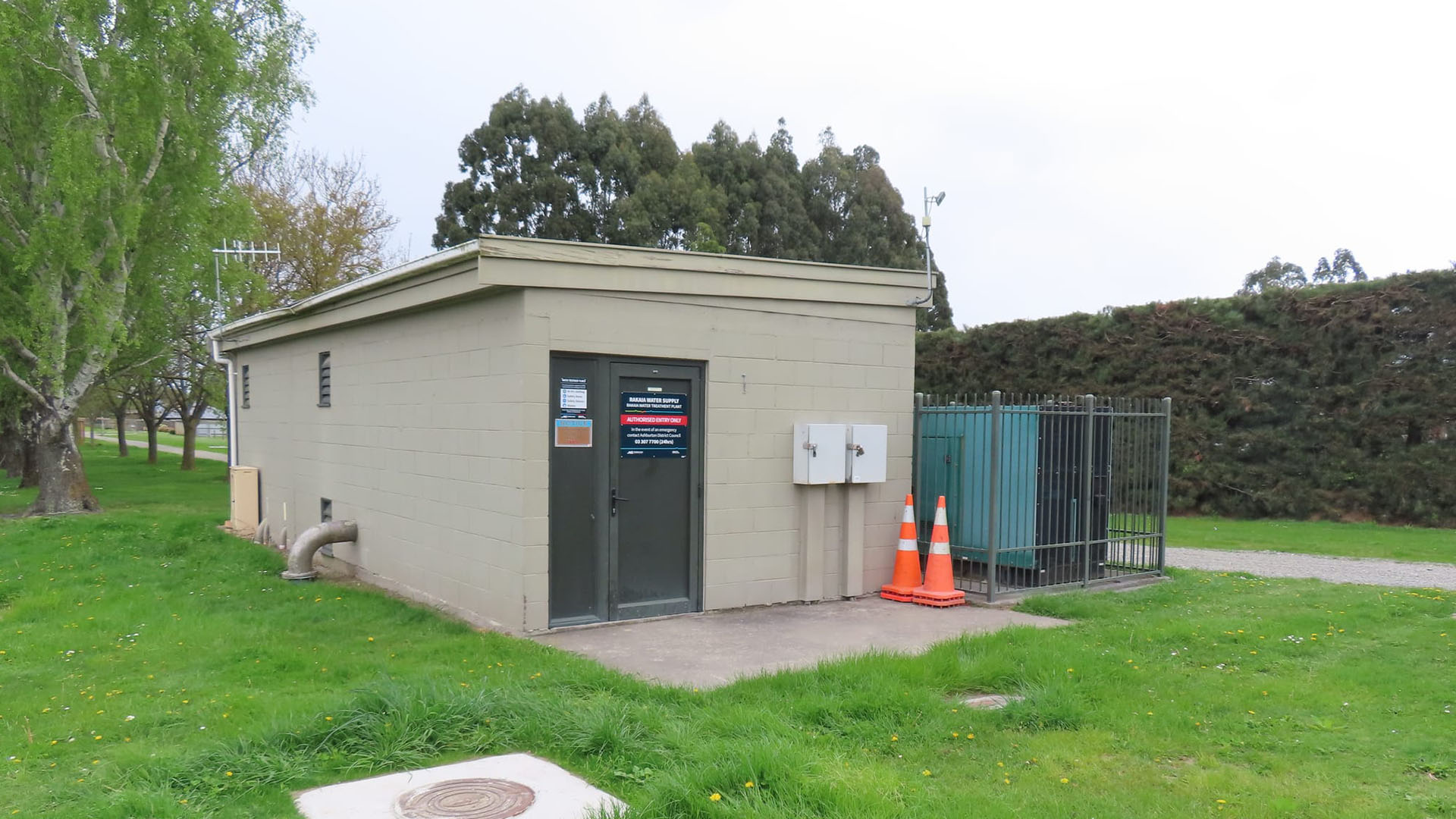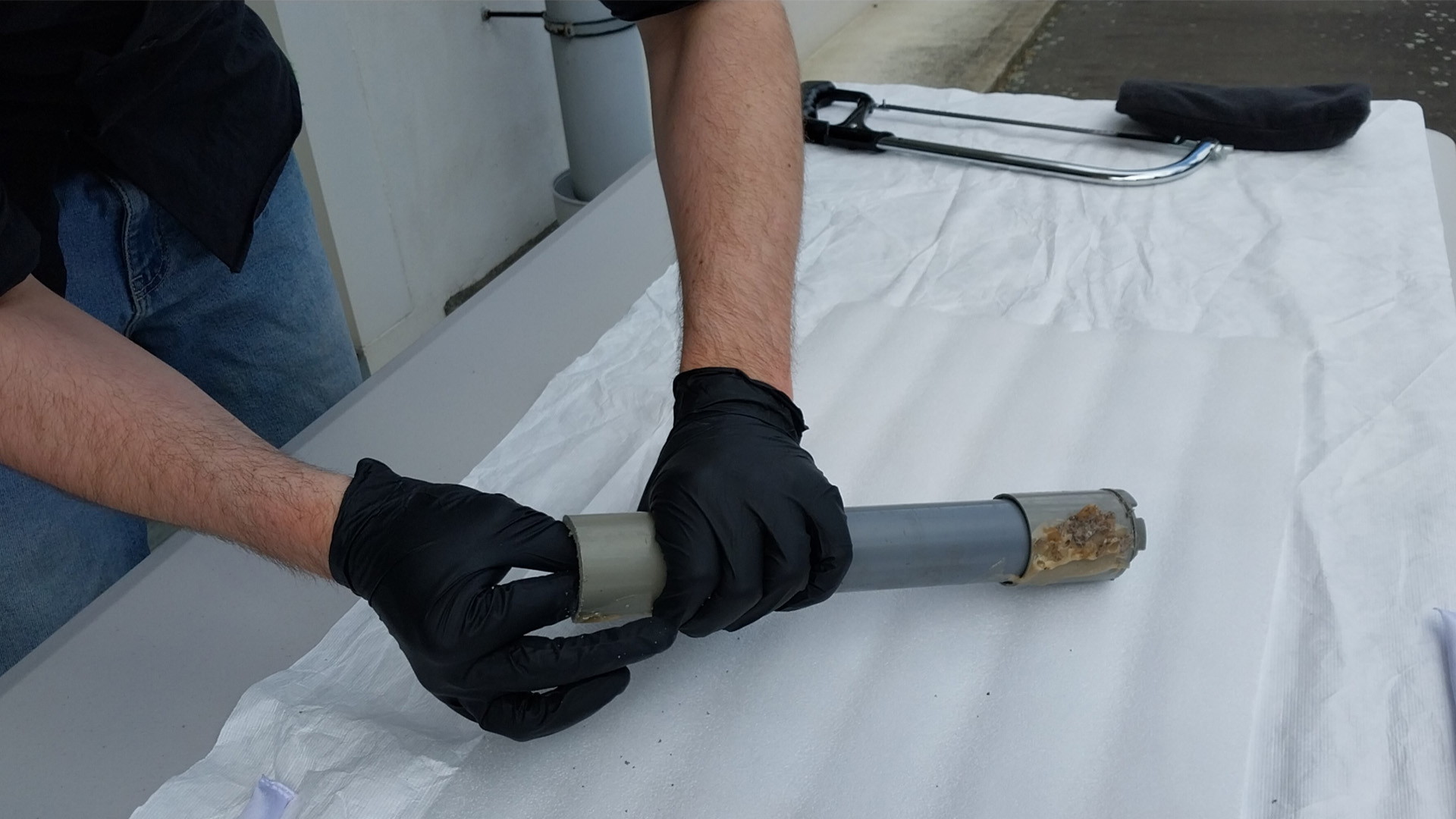Lake Hood water warning in place

Council is continuing to liaise with Te Whatu Ora and Environment Canterbury regarding the health warning in place for Lake Hood.
The warning was issued on 5 January after potentially toxic blue-green Cyanobacteria algae was found in a sample of water taken from the canals. Signs have been erected at the lake warning people to avoid contact with the water over the entire lake and canals; dogs should also not be allowed near the water until Te Whatu Ora has lifted the health warning.
The lake is not closed, but Council is advising that people adhere to the health warning by avoiding direct contact with the water.
Health officials say the algal bloom can produce harmful toxins and exposure may cause skin rashes, nausea, stomach cramps, tingling and numbness around the mouth and fingertips. No-one should drink the water from the lake; boiling the water does not remove the toxin.
Environment Canterbury monitors the lake weekly during summer and the public will be advised of any changes in water quality that are of public health significance.
Organisers of events planned at the lake in the coming weeks will need to make their own decisions about whether their events will go ahead.
Facts about cyanobacteria
- Cyanobacteria occur naturally but can increase rapidly during warmer months.
- Algal blooms are caused by a combination of nutrients in the water (such as nitrogen and phosphorus), and favourable weather conditions (e.g. increased temperature, calm days).
- If the water is cloudy, discoloured, or has small globules suspended in it, avoid all contact.
- Not all cyanobacterial blooms are visible to the naked eye and toxins can persist after the blooms disappear.
- Cyanobacterial concentrations can change quickly with changing environmental conditions (e.g. wind). If a health warning is in place avoid contact with the water.
See the public health warning here
Share this article







